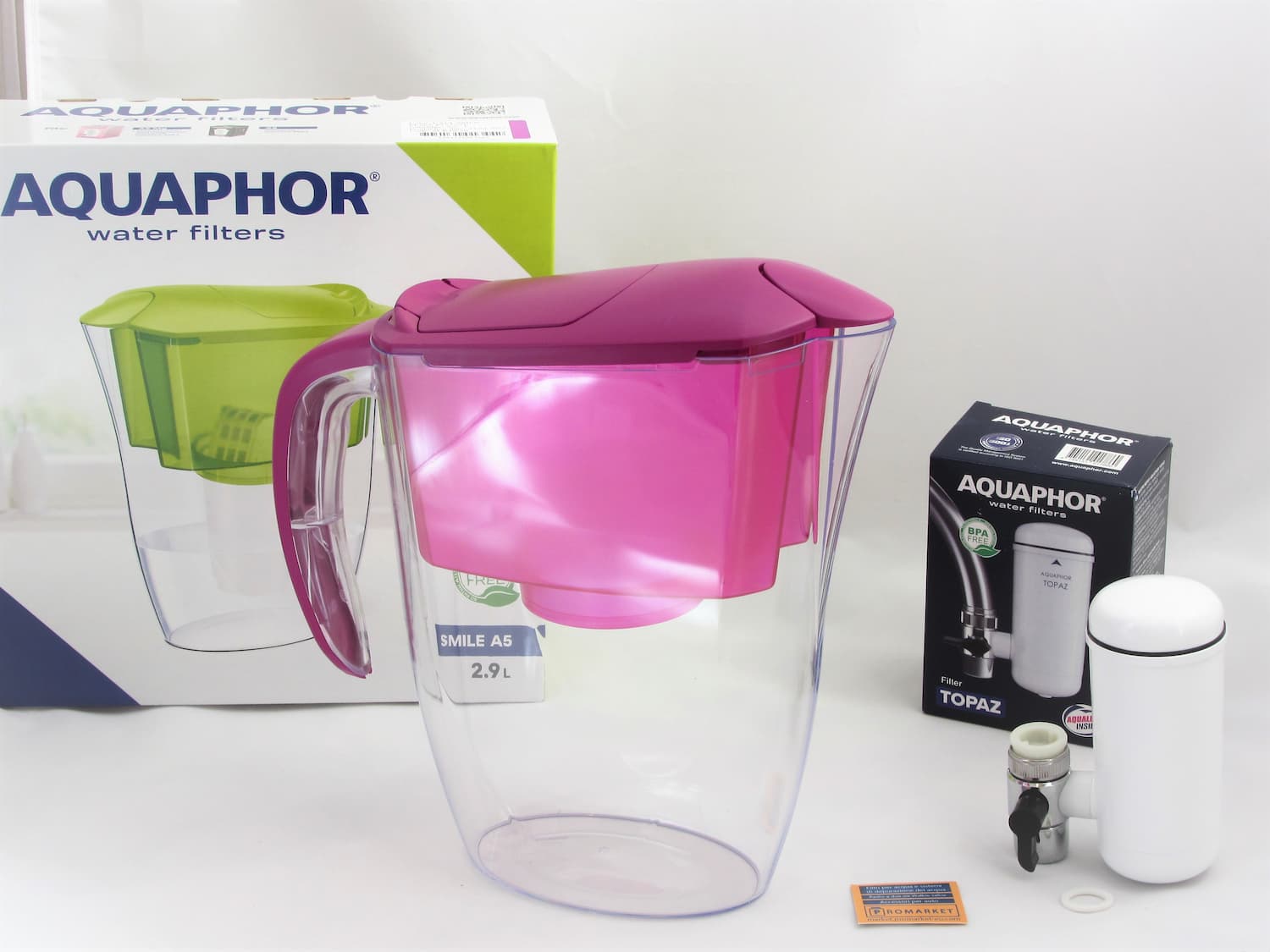If you are looking for a way to improve the quality and taste of your tap water, you might be wondering whether to choose a faucet filter or a filtering pitcher. Both options have their pros and cons, and the best one for you depends on your needs, preferences and budget.
In previous articles, we examined various filtering pitchers and tap filters. We have came to the conclusion that they are quite effective in water purification in the home / SOHO environment. Here are some pros and cons of using a water filter on the faucet versus using a filtering pitcher.
THE BEST CARTRIDGES FOR THE FILTERING PITCHERS – OVERVIEW AND SELECTION CRITERIA
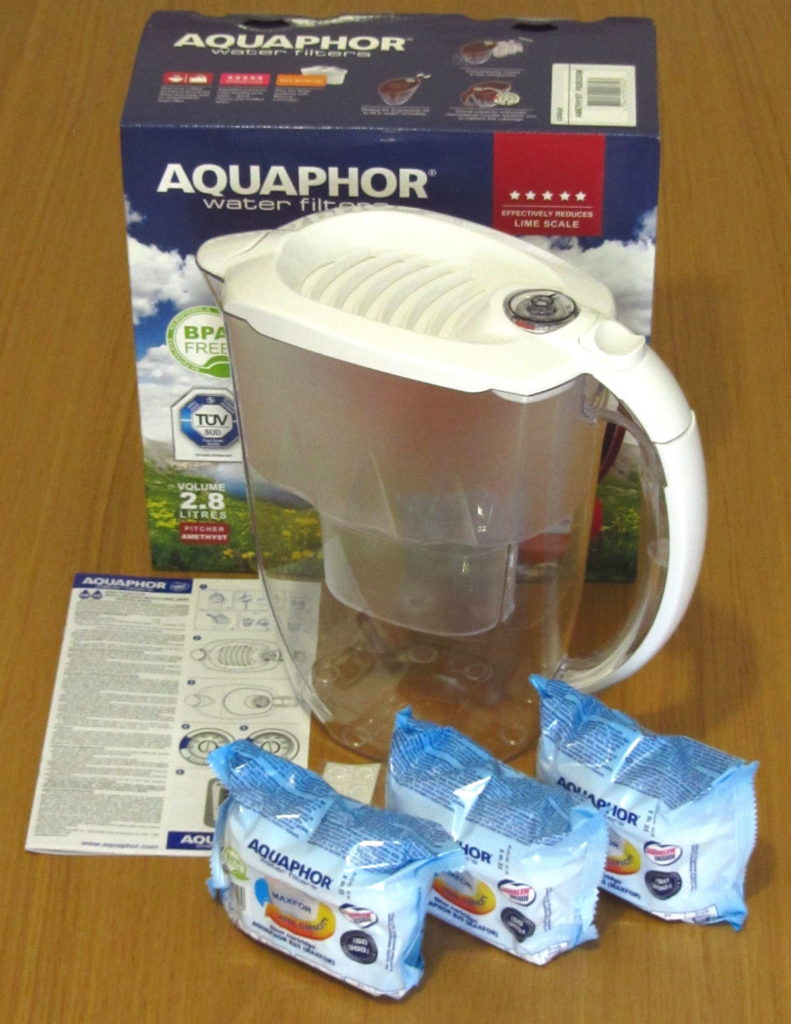
The article discusses the characteristics and selection criteria of the filter element for a home or office filter jug; types, similarities and differences of different cartridges. Continue reading “THE BEST CARTRIDGES FOR THE FILTERING PITCHERS – OVERVIEW AND SELECTION CRITERIA”
FILTERING PITCHER IS A SIMPLE AND SUFFICIENTLY EFFECTIVE DEVICE FOR PURIFICATION OF DRINKING WATER.
The article discusses the characteristics and selection criteria of a filtering jug (pitcher) for the home, the similarities, and differences of different pitchers.
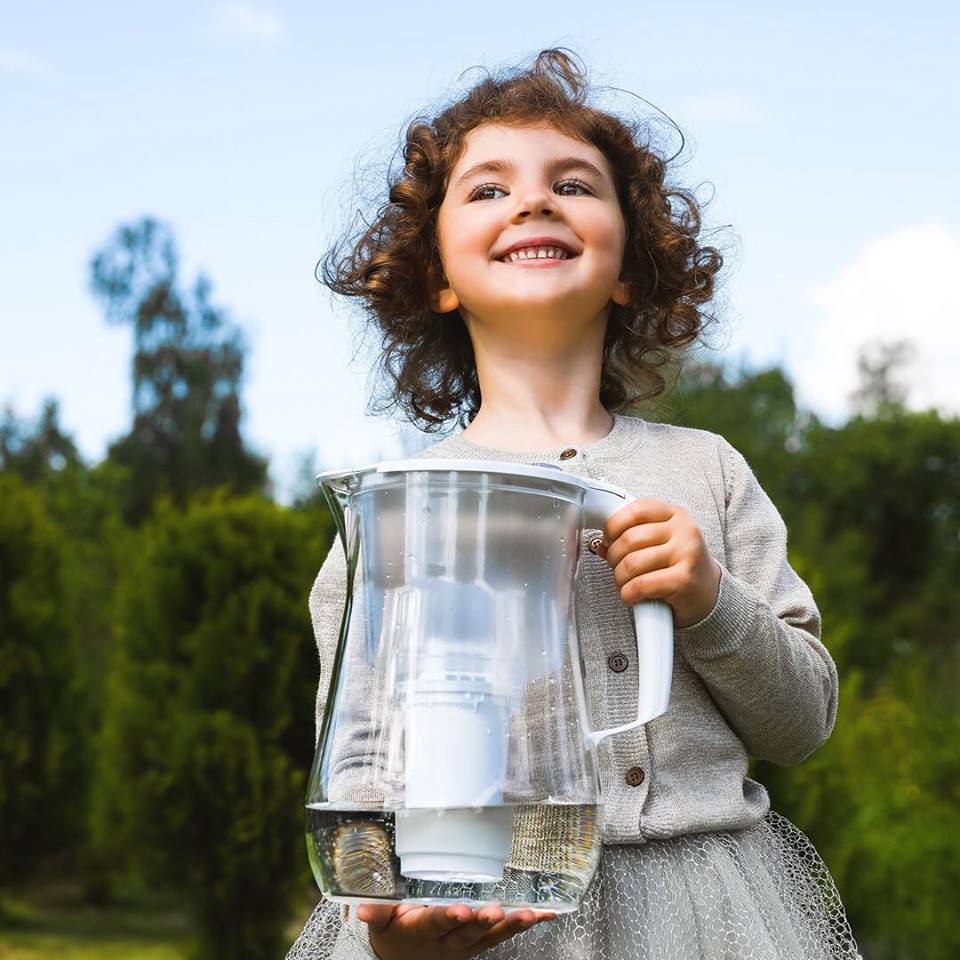
In a previous article, we examined various devices and systems for treating drinking water. The question that was also considered there – why is it necessary to purify “drinking” water from the tap. We made sure that such water, without additional filtration, may be quite safe, but rarely has characteristics suitable for direct consumption, as well as for the preparation of culinary dishes and drinks.
Now we will dwell on the review of the most simple and popular device for purifying drinking water – a filtering jug. As a rule, a filtering jug has a low price (from 17 to 25 euros for a product of good quality, without unnecessary “bells and whistles”). At the same time, it does not need to be connected and installed, you can quickly start using it, it is easy to find replaceable modules, and it is easy to take with you on a trip.
Continue reading “FILTERING PITCHER IS A SIMPLE AND SUFFICIENTLY EFFECTIVE DEVICE FOR PURIFICATION OF DRINKING WATER.”DRINKING WATER PURIFIERS AND FILTRATION SYSTEMS – A COMPARATIVE REVIEW
The article discusses the main ways of filtering drinking water at home: a filtering jug, flow filter, and reverse osmosis installation. Photos and technical details courtesy of Aquaphor.
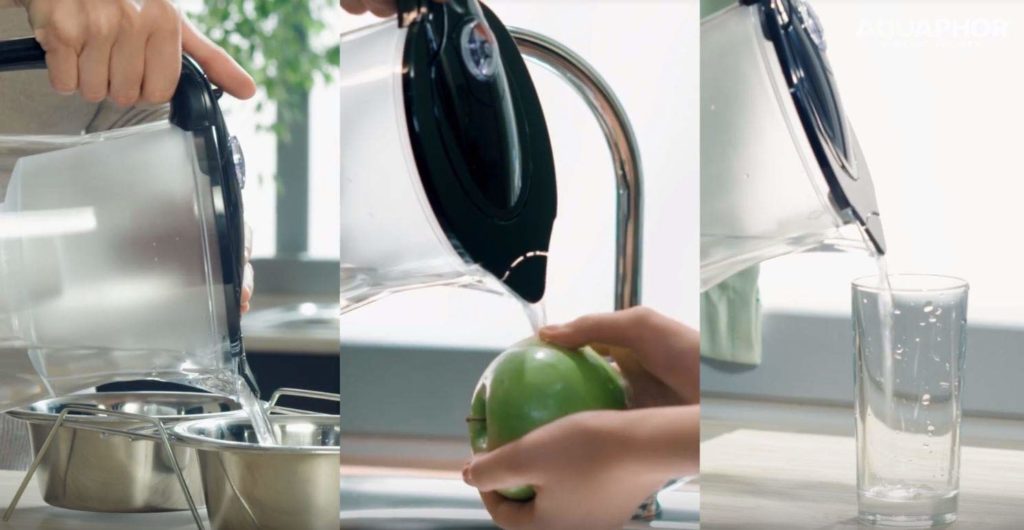
WHY IT’S ADVISABLE TO PURIFY TAP DRINKING WATER?
In most developed countries, there are standards for drinking water supplied to residential buildings. However, water quality control is usually carried out at the exit from a centralized filtration system. And then the water goes a long way until it reaches the tap in your kitchen. This path runs through many kilometers of pipes, most often laid many years ago. Some of these pipes are iron, hence a metallic taste, rust, and other oxides appear in the water. Copper pipelines are also found in homes – they themselves are durable, but oxidized copper is also not good for the body.
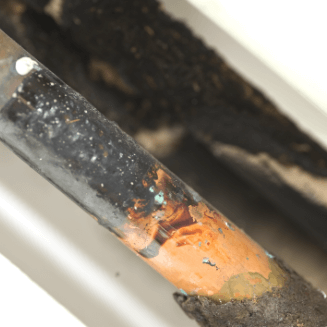
Lead and heavy metals 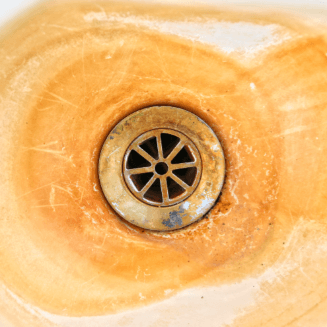
Iron rust 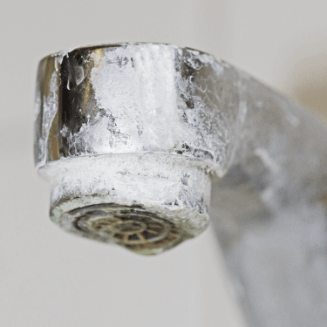
Hard water
In addition, dirt accumulates in any pipes (including modern polymer pipes). Where does it come from? In case of accidents and damage to pipes underground, the soil erodes, and together with water it enters the pipe and spreads throughout the entire branched system. When repairing a damaged pipe, of course, it is replaced, but it is no longer possible to flush the entire system perfectly. Imagine how much sediment settles in pipes in 10 or 20 years! This dirt is the habitat of various bacteria and other microorganisms. If the water is chlorinated, this inhibits their development, but chlorine and chlorides in themselves are harmful substances.
Even if the water in the tap meets basic hygiene standards, its appearance, smell and taste may be far from ideal. In particular, the calcium content may not exceed the norm, but it can leave white marks on dishes, precipitate when boiling, create scale and spoil your household electrical appliances. In addition, excessively hard water negatively affects the life of the body, as it causes a violation of the acid-base balance in physiological fluids.
Continue reading “DRINKING WATER PURIFIERS AND FILTRATION SYSTEMS – A COMPARATIVE REVIEW”
